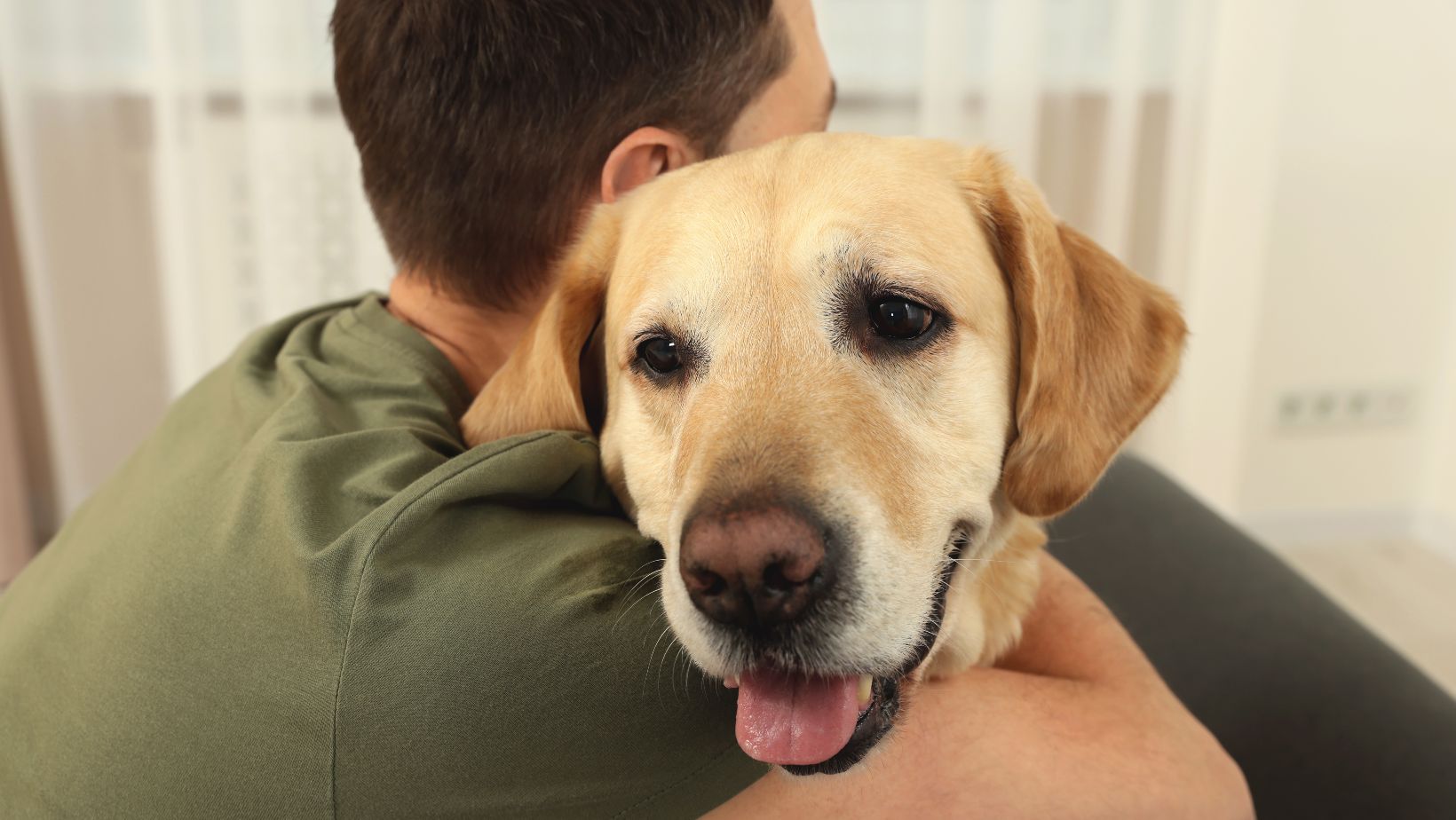How to Train a Dog to Stay Outside Alone
Are you ready to learn the perfect Labrador commands and train your dog to stay outside alone? If so, you’ve come to the right place! In this article, I’ll guide you through effective training techniques that will help you teach your furry friend how to stay outside safely and obediently.
Training a dog to stay outside alone requires patience, consistency, and positive reinforcement. By establishing clear commands and boundaries, you can ensure that your Labrador understands what is expected of them. Whether it’s teaching them to wait at the door or resist distractions in the yard, these commands are essential for their safety and your peace of mind.
Throughout this article, I’ll share expert tips on how to effectively communicate with your Labrador, reinforce good behaviour, and address common challenges that may arise during the training process. So let’s get started on this exciting journey towards training your dog to stay outside alone with confidence and ease!
Choosing the Right Environment for Outdoor Training
When it comes to training your Labrador to stay outside alone, choosing the right environment is crucial. To ensure successful training sessions, here are a few factors to consider:
- Space: Look for an outdoor area that provides ample space for your Labrador to move around comfortably. A spacious environment will allow your dog to practice commands such as “stay” and “come” without feeling confined.
- Distractions: Opt for a location with minimal distractions. Avoid busy streets or areas where there is excessive noise or foot traffic that could divert your Labrador’s attention away from the training session.
- Fenced-in Area: If possible, select an outdoor space that is securely fenced in. This will provide a safe and controlled environment where you can train your Labrador without worrying about them wandering off or encountering any potential hazards.
- Accessibility: Consider accessibility when choosing an outdoor training spot. It should be convenient for both you and your dog to reach easily, allowing for consistent and frequent training sessions.
Considering Safety Factors for Outdoor Training
Safety should always be a top priority when training your Labrador outside alone. Here are some important safety considerations:
- Weather Conditions: Before heading outdoors, check the weather forecast to ensure suitable conditions for training sessions. Extreme heat, cold temperatures, or heavy rain may not only make it uncomfortable but also pose risks to your dog’s health.
- Terrain Stability: Assess the stability of the ground in the chosen outdoor area. Avoid locations with uneven terrain or potential hazards like sharp rocks, holes, or slippery surfaces that could cause accidents during training.
- Visibility: Choose a spot with good visibility so you can keep a close eye on your Labrador during their outdoor training sessions. Being able to see their movements clearly allows you to monitor their behaviour and ensure they remain safe at all times.
Exploring Different Terrain Options
Varying the terrain during your Labrador’s outdoor training sessions can help improve their adaptability and responsiveness to commands. Here are a few terrain options to consider:
- Grassy Fields: Training in a grassy field provides a soft and forgiving surface for your Labrador to practise commands like “stay” and “come.” It also offers an opportunity for them to explore different scents and textures, enhancing their overall training experience.
- Wooded Areas: Taking your Labrador into wooded areas can introduce them to new sights, sounds, and smells. This type of environment challenges their focus and obedience skills as they navigate through trees and undergrowth while staying attentive to your commands.
- Urban Settings: Training in urban settings exposes your Labrador to various distractions such as traffic noises, pedestrians, or other dogs. Practising commands in these environments helps reinforce their ability to stay focused even amidst bustling surroundings.
Remember that every dog is unique, so experiment with different outdoor training locations that suit both you and your Labrador’s needs. By selecting the right environment, prioritising safety factors, and exploring diverse terrains, you’ll create valuable learning experiences that will contribute to successful outdoor training sessions with your beloved furry companion.
